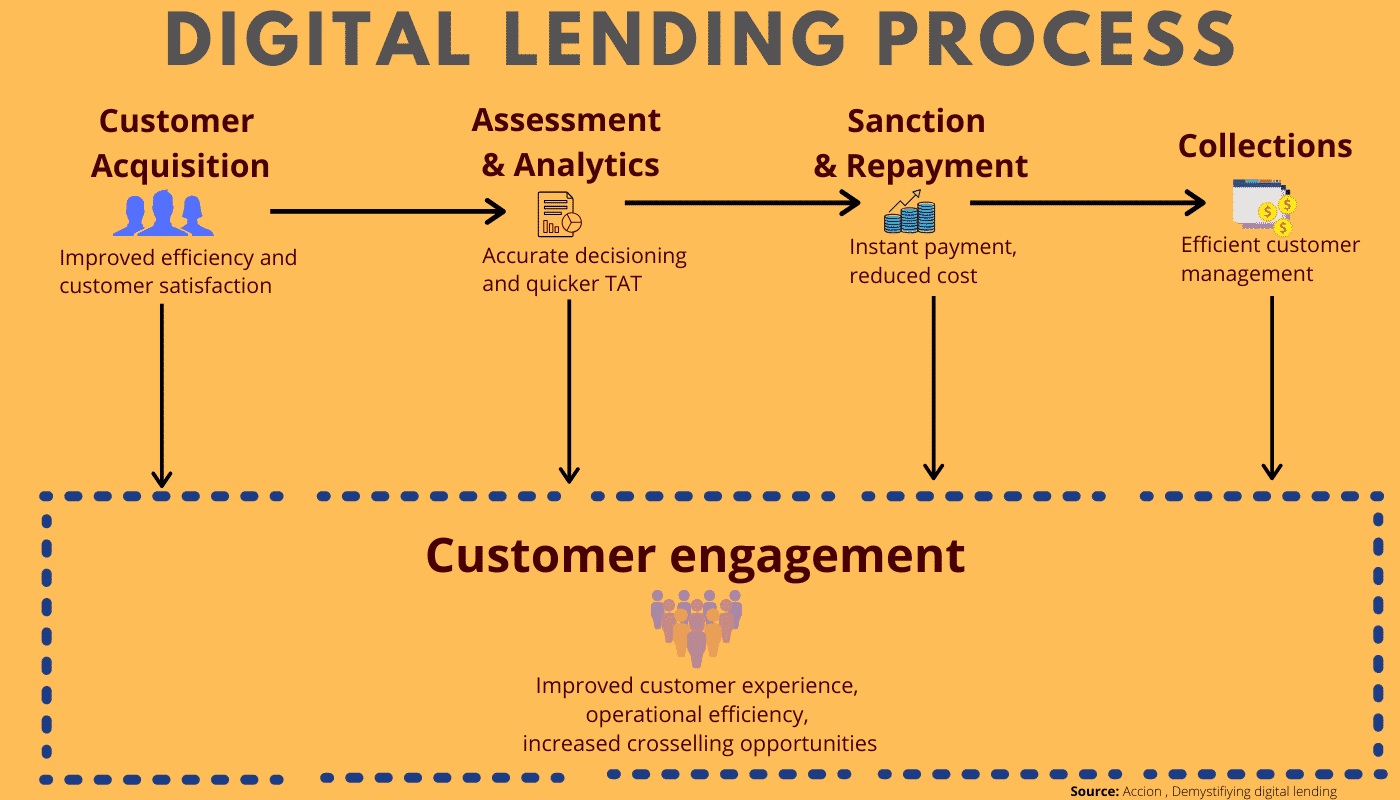
1) International Day for the Elimination of Violence against Women
•The United Nations designated International Day for the Elimination of Violence Against Women is celebrated worldwide on November 25. The day is celebrated to raise awareness of the fact that women around the world are subject to various forms of violence and the true nature of the issue is often hidden. This year’s theme for the International Day for the Elimination of Violence against Women is “Orange the World: End Violence against Women Now!”.
2) Financial Stability Board: JP Morgan named world’s most systemic bank
•JPMorgan Chase has once again been named the world’s most important bank to the health of the wider financial system, according to the latest annual ranking of top lenders by global regulators. The Financial Stability Board (FSB), made up of regulators from G20 countries, published its latest table of the world’s 30 most systemic banks.
•The 30 lenders are divided between four “buckets” in order of how systemic, international, interconnected and complex they are, with JPMorgan now in a higher bucket than its nearest peers. Being included in the table means having to hold additional capital and undergo more intense supervision to avoid a repeat of taxpayer bailouts in the banking crisis over a decade ago. In practice, the lenders typically hold capital buffers that are already above FSB requirements.
3) NASA launches world’s first DART Mission
•The US space agency NASA has launched a first-of-its-kind mission named DART to change the path of an asteroid by intentionally crashing a spacecraft into it. DART stands for Double Asteroid Redirection Test. The $325 million DART mission was launched into orbit on November 24, 2021, from Vandenberg Space Force Base in California atop a SpaceX Falcon 9 rocket.
4) Shimla tops NITI Aayog’s inaugural SDG Urban Index
•NITI Aayog launched the inaugural SDG Urban Index & Dashboard 2021-22, to further strengthen Sustainable Development Goals (SDGs) localization and institute robust SDG monitoring at the city level. The index is an SDG progress monitoring tool at the ULB level to highlight the strengths and gaps of ULB-level data, monitoring, and reporting systems. Shimla has topped among the 56 urban areas while Dhanbad in Jharkhand is at the bottom.
5) Indore’s Railway Station renamed after Tribal Icon Tantya Bhil
•Madhya Pradesh Chief Minister, Shivraj Singh Chouhan has announced the renaming of Indore’s Patalpani railway station after tribal icon Tantya Bhil, who was well known as ‘Indian Robin Hood’ by the tribals. CM also announced that 2 other landmarks, the Bhanwar Kuan intersection, and MR 10 bus stand, in Indore will also be named after Tantya Bhil. Notably, Bhopal’s Habibganj railway station was recently named after Rani Kamalapati, a tribal queen.
6) SBI signed an MoU with Pondicherry Co-op Milk Producers’ Union Ltd
•The State bank of India (SBI) has signed an MoU with Pondicherry Co-op. Milk Producers’ Union Ltd (PONLAIT) for financing individual dairy farmers up to Rs 3 Lakh. The Loan will be made available through YONO application of the SBI Bank. SBI has introduced a technology product, named ‘SAFAL- Simple And Fast Agriculture Loan’ for financing individual Dairy farmers, who are supplying milk to commercial dairies on a regular basis.
7) S K Sohan Roy 1st Indian to be honoured with Knighthood of Parte Guelfa
•Dr S K Sohan Roy from Kerala, CEO, and founder of Aries Group of Companies has become the first Indian to be honoured with the Knighthood of Parte Guelfa for his humanitarian and Environmental protection efforts in business and movies. The honorary title of “Knight of Parte Guelfa” has been conferred upon him during the conferring ceremony organized during the Investitures of Parte Guelfa of Annus Domini 2021 and was held at the Basilica of Santa Croce and the Palagio di Parte Guelfa in Florence, Italy.
8) India, Maldives & Sri Lanka conducted biennial trilateral exercise ‘Dosti’
•The 5-day long, 15th edition of the Maldives, India, and Sri Lanka biennial Trilateral Exercise ‘Dosti’ was conducted in the Maldives from 20-24 November 2021 as part of regional security formation for a peaceful and stable Indian Ocean Region. The Exercise is conducted biennially among the Coast Guards of the 3 countries. This year marks the 30th year since the initiation of the exercise.
•Indian Coast Guard vessels, Integrated Coast Guard Ship (ICGS) Vajra and Apoorva along with Sri Lanka Coast Guard Ship (SLCGS) Suraksha Participated in the exercise. The aim of the India-Maldives-Sri Lanka tri-lateral exercise ‘Dosti’ is to further fortify the friendship, enhance the mutual operational capability, and exercise interoperability and to build cooperation between the Coast Guards of Maldives, India and Sri Lanka.
9) Art historian BN Goswamy’s book on Indian arts
•Distinguished art historian & Padma Awardee, Brijinder Nath Goswamy has authored a new book on Indian arts, titled “Conversations: India’s Leading Art Historian Engages with 101 themes, and More”. The book acquired by Penguin Random House India will be published in January 2022. In this book, B.N Goswamy explores a wide range of subjects on or around the arts.
•With this book, Goswamy opens a window to a wide range of subjects: on and around the arts. It not only invites those interested and literate in arts but also the general readers who want to take a dive into the field of the arts.
10) Railways to start theme-based Bharat Gaurav trains
•Minister of Railways, Ashwini Vaishnaw has announced the launch of Bharat Gaurav, which will be run in theme-based circuits by both the private sector and the IRCTC. The Indian Railways is in the process of finalising theme-based tourist circuit trains through private and state-owned service providers in a move to display the country’s rich cultural heritage.
•To promote the first-of-its-kind theme-based trains, the railways has dedicated more than 3,000 AC and non-AC coaches of various categories to run around 190 tourist circuit trains to various cultural and heritage sites. The first Bharat Gaurav train may begin by January 2022.





